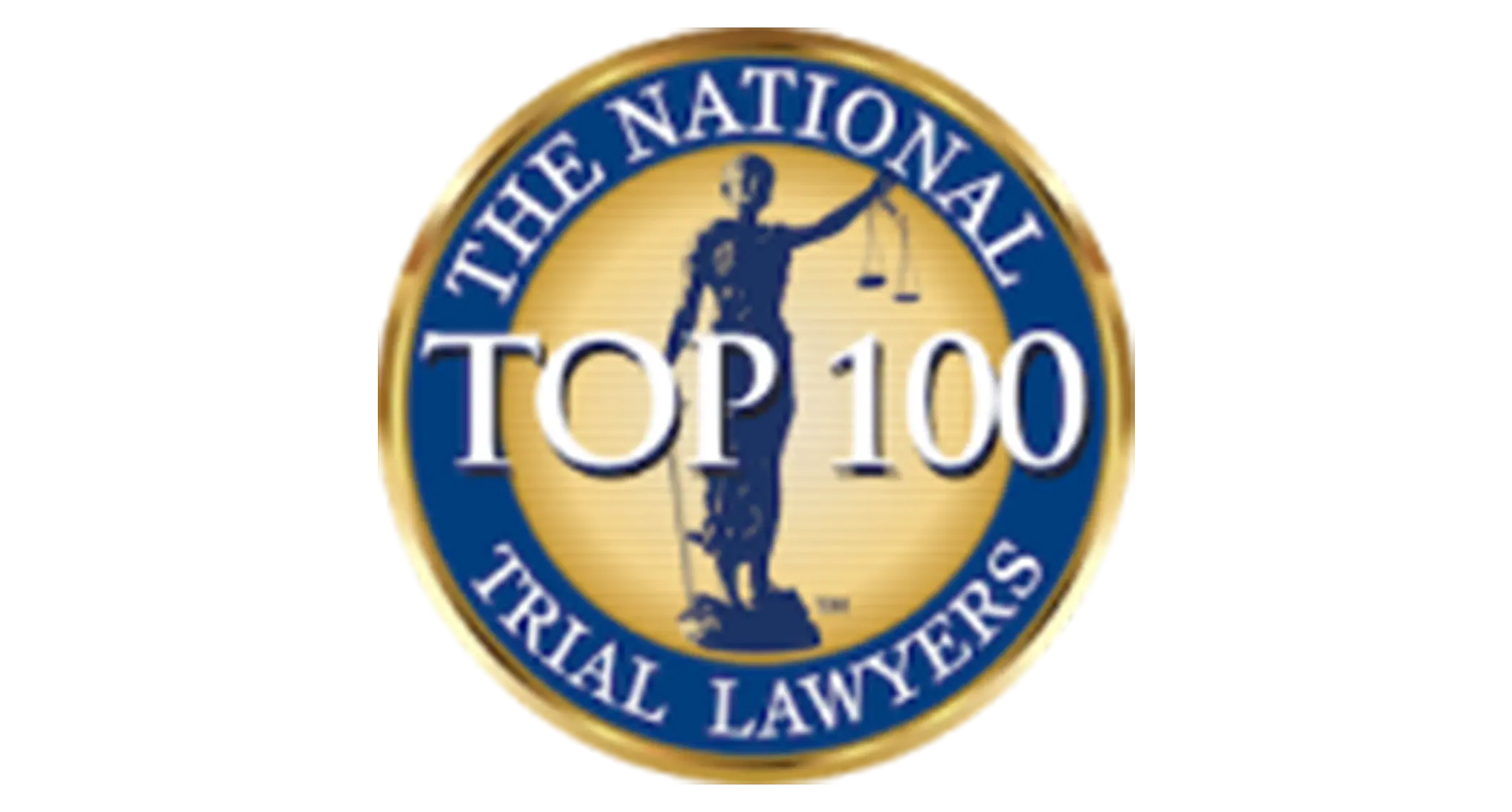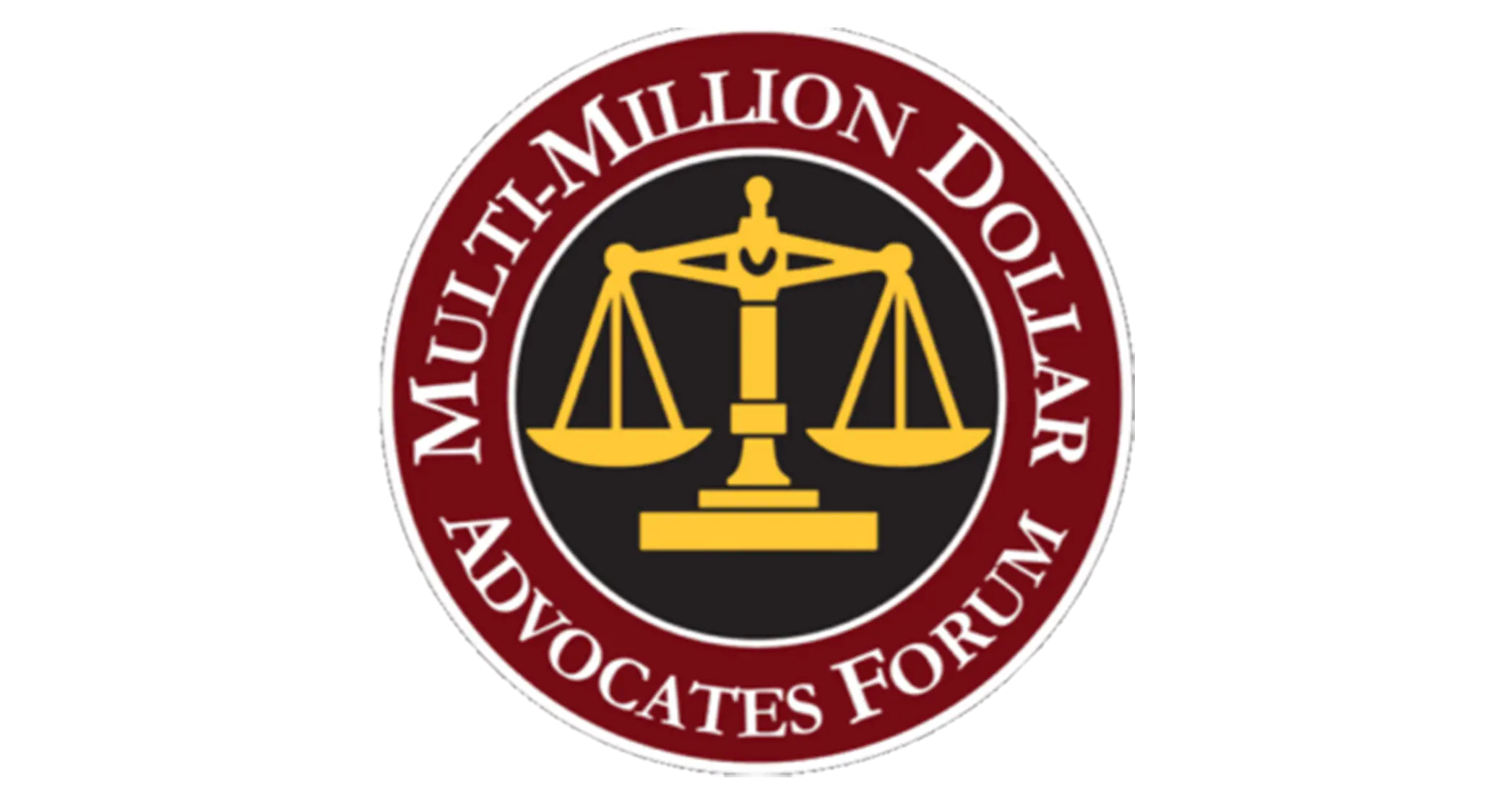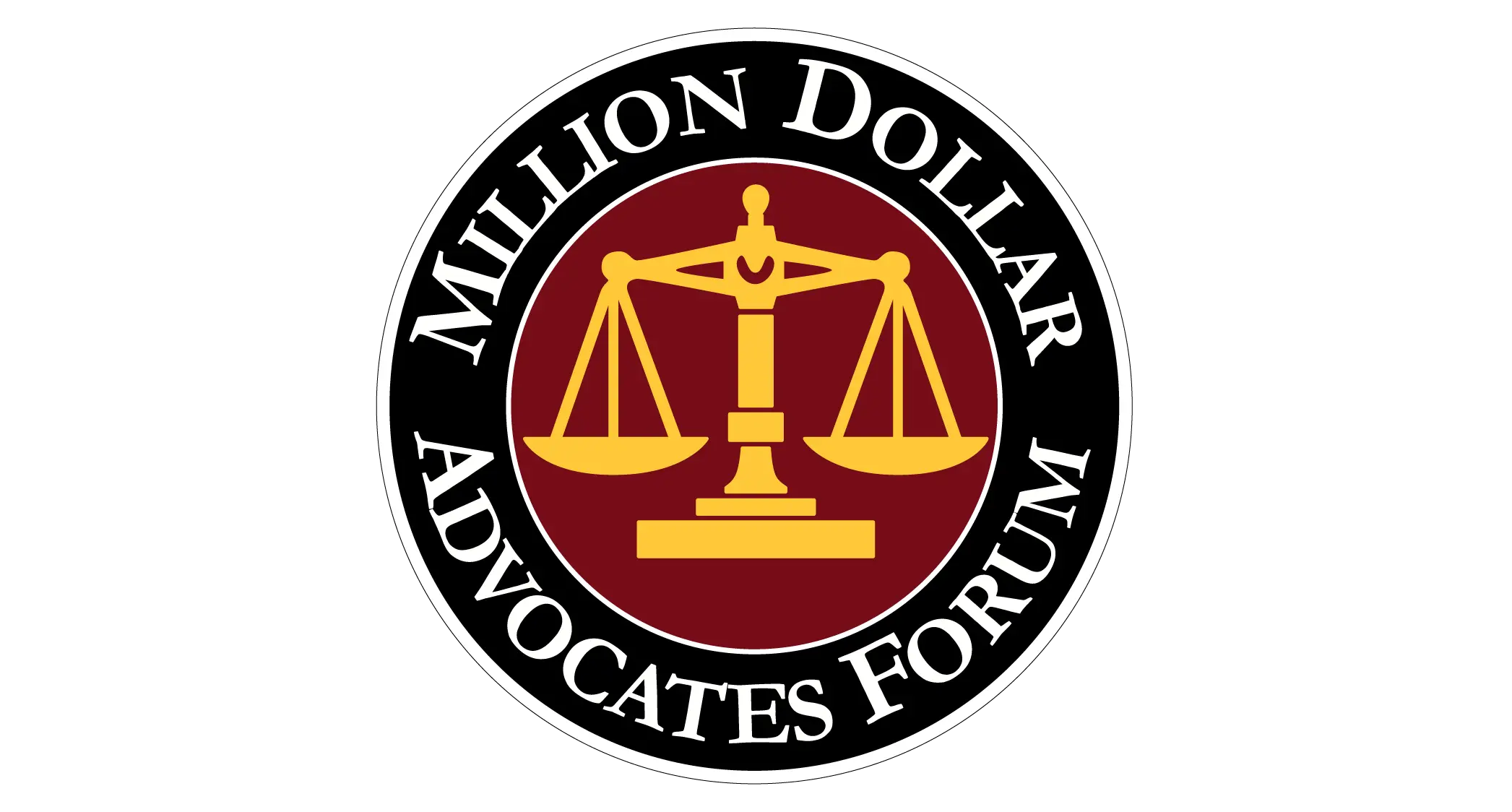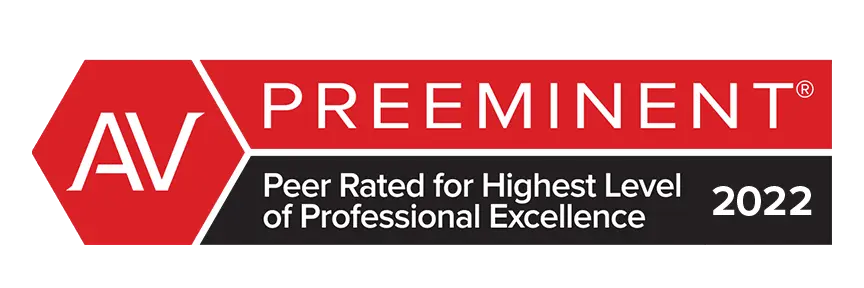If you live in or near Columbia, you may be familiar with “Malfunction Junction,” the unofficial name for the complex tangle of bridges, roads, and interchanges where Interstate 20 and 26 intersect. It’s been the site of numerous collisions that have resulted in car accident claims over the years – a common problem in areas where heavy traffic crosses paths.
Intersection accidents, even when they occur at relatively low speeds, can be deadly. In 2014, there were 150 fatal accidents in South Carolina as drivers were either in or approaching an intersection. Often, such accidents occur because drivers aren’t paying attention.
Types of Intersection Accidents
There are five types of intersection accidents:
- Straight crossing paths (SCPs) – Often associated with one car running a red light or stop sign and sometimes referred to as T-bone crashes
- Right turn into path (RTIP) – Often occurring when a driver pulls out of a parking lot, side street, or driveway
- Left turn into path (LTIP) – When a car pulls into the path of a car approaching from the passenger side, resulting in a side-swipe or broad-side collision
- Left turn across path – lateral direction conflict (LTAP/LD) – Involve a car turning left and being struck by a car approaching from the driver’s side
- Left turn across path – opposite direction (LTAP/OD) – The most common type of intersection accident, more likely to occur where stoplights are present, as opposed to at stop signs.
About Left Turns
Turning left is one of the biggest risks while driving – not only for the driver making the turn, but for approaching drivers, as well. If the person turning left misjudges the speed or distance of an approaching vehicle, or if an approaching driver is speeding or inattentive, the odds of a collision increase.
About 53 percent of crossing-path accidents involve left turns, whereas only 5.7 percent involve right turns. These left-turn crashes are more likely to be fatal, especially when a vehicle crosses the path of a motorcycle.
The risk associated with left turns is one reason why one of the biggest shipping companies in the world instituted a new policy in 2004. Engineers working for UPS found that its drivers were wasting fuel while idling and waiting to turn left and that left turns “led to a disproportionate number of accidents.” So in 2004, UPS adopted a policy that advocates making only right turns. Occasionally, drivers do turn left in uncongested or residential areas, but for the most part, trucks will drive longer distances in order to reach a destination making only right turns.
Left turns also account for a quarter of all pedestrian accidents. About 180 pedestrians are killed in left-turn accidents every year in the U.S. The frame around a car’s windshield may obscure the driver’s view of objects to the side. So if a driver is focused intently on watching for an opening in traffic to make a turn and his vision is partially obscured, he may not see a pedestrian crossing the perpendicular street at the intersection.
Other Factors
Aggressive driving plays a big role in intersection accidents, especially during rush hour, when irritable drivers sometimes take unnecessary risks because they want to get home in a hurry. When a traffic light turns yellow, instead of slowing down, aggressive drivers step on the gas and speed through intersections. Sometimes, that yellow light becomes a red light before they’ve cleared the intersection, increasing the risk that a driver approaching laterally may T-bone the aggressive driver.
Assessing Fault in Intersection Accidents
Determining fault in intersection collisions can be complicated. A person who turns left into the path of an approaching vehicle could be found responsible for an ensuing impact, but if the other driver was speeding or inattentive, each party may share some degree of fault. In South Carolina, a driver may be able to collect damages provided his or her share of the fault for a collision is less than 51 percent.
If an intersection accident has injured you or someone in your family, The Louthian Firm Accident & Injury Lawyers, Injury & Accident Lawyers may be able to help you. Fill out our online contact form, or call us at 803-592-6231 to request your no-obligation consultation.






